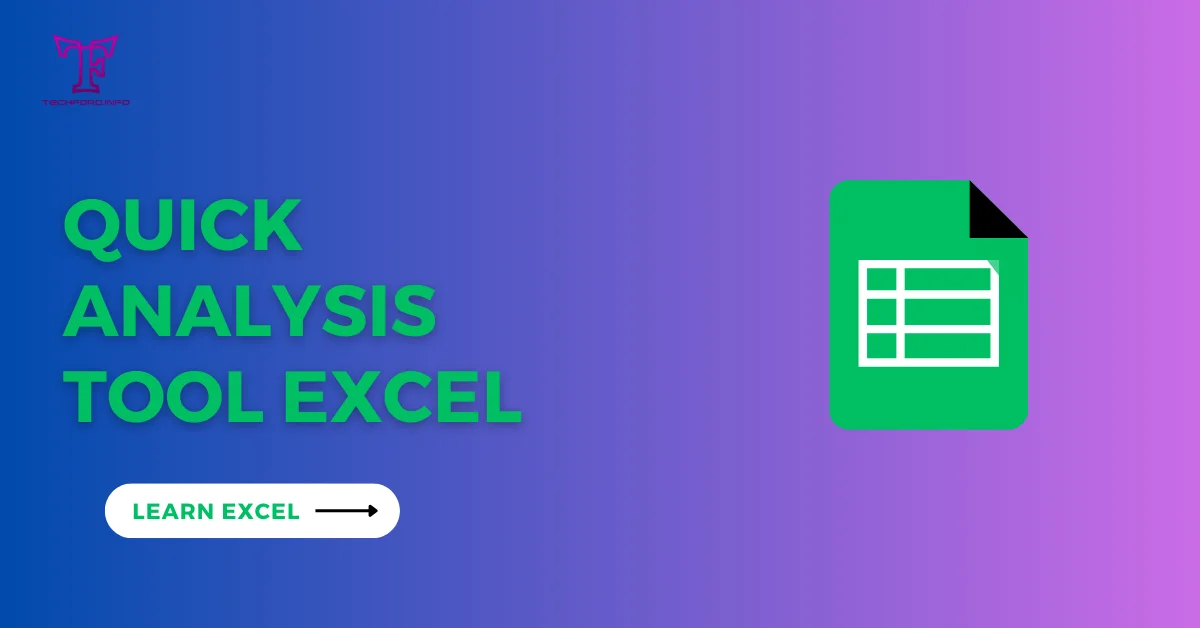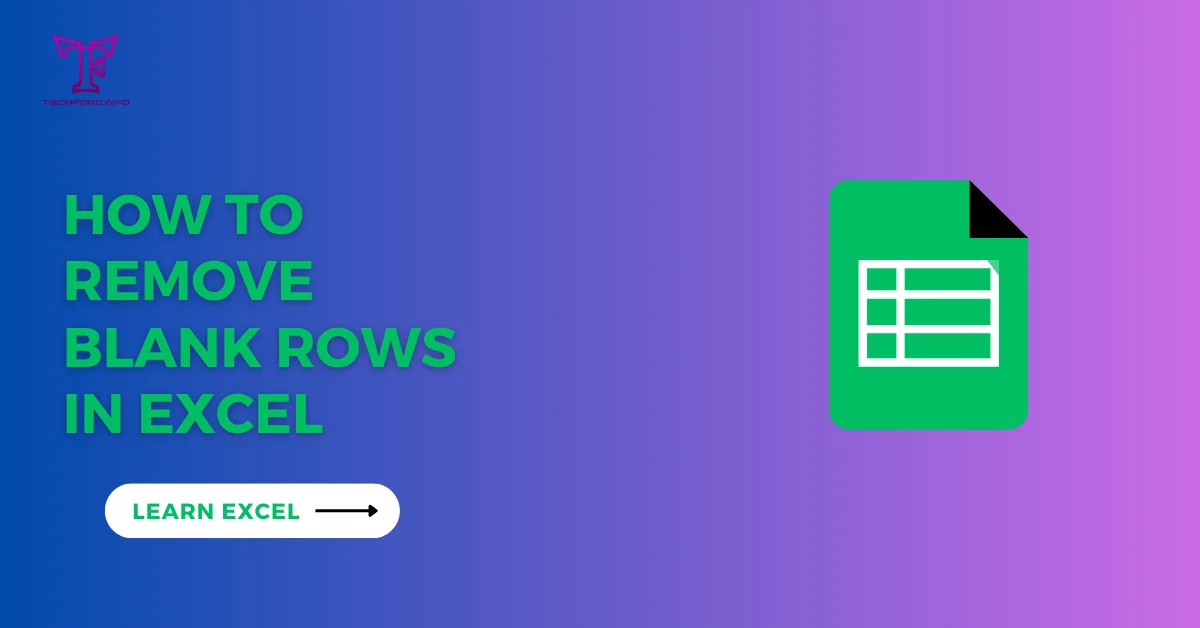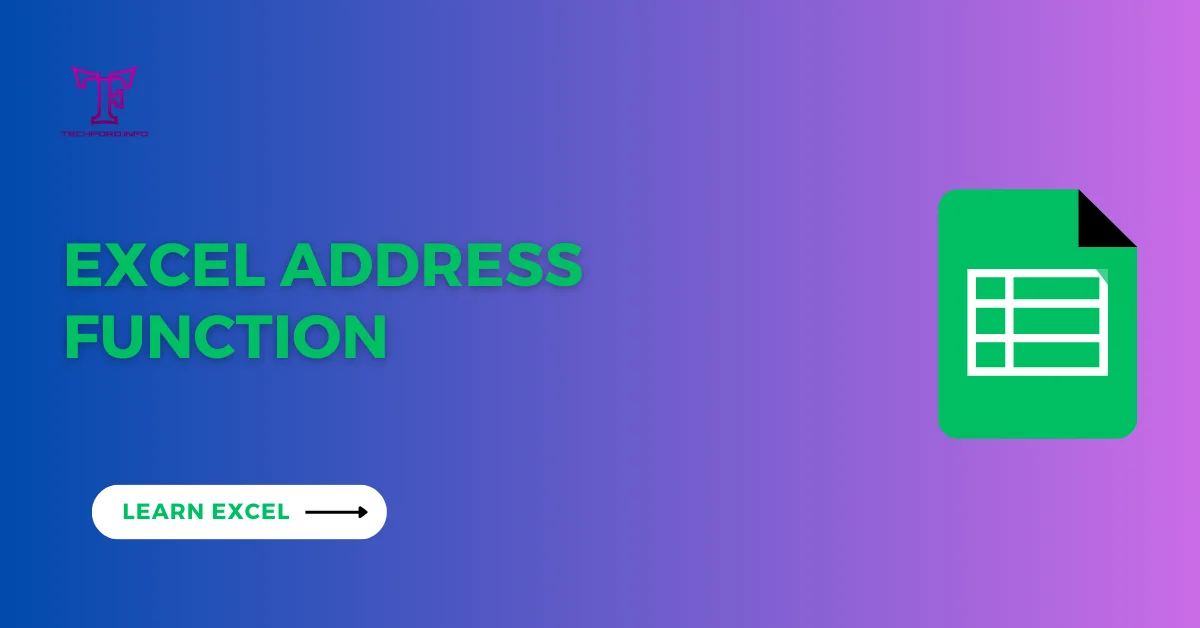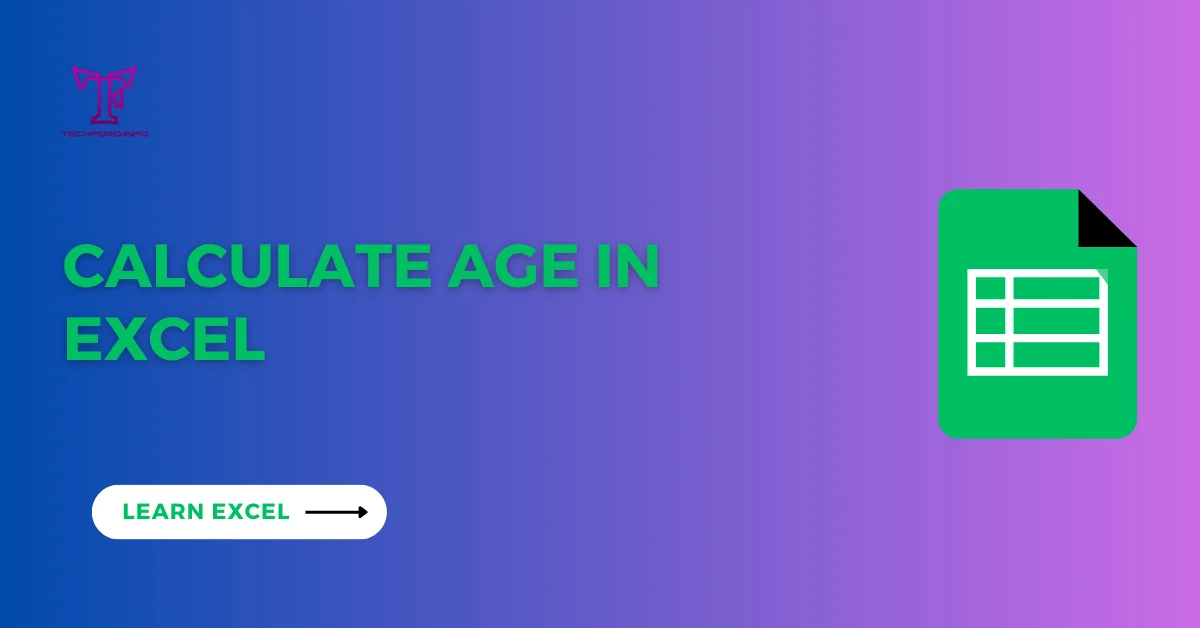file:///sdcard/: What It Is and How to Use It on Your Android Phone or Tablet
If you have an Android phone or tablet, you probably use it to store and manage many kinds of files, such as photos, videos, documents, and apps. But do you know where these files are stored and how they are organized? In this article, we will study file:///sdcard/ index, which is the main place where your files are kept and arranged. We will also show you how you can use file:///sdcard/ to find, edit, and move your files easily and quickly.
What is file:///sdcard/ index?
file:///sdcard/ is the name of the root directory of the internal storage on your Android device. This means it is the top-level folder that contains all the other folders and files on your device. When you go to file:///sdcard/ index, you can see the whole file structure that shows how your files and folders are grouped and ordered.
What is index of sdcard?
Inside file:///sdcard/, you will find different subdirectories that sort your files by type. For example, the “DCIM” directory usually has photos and videos that you took with your device’s camera, while the “Downloads” directory has files that you downloaded from the internet. Knowing the index of sdcard helps you find and manage your files more easily on your Android device.
What is the index of sdcard/dcim/camera?
One important subdirectory inside file:///sdcard/ is “DCIM/Camera,” which has images and videos that you captured using your device’s camera app. When you go to the index of sdcard/dcim/camera, you can see and manage these media files directly. You can do things like share, edit, or delete photos and videos.
Also read:Google People Card: A Smart Way To Add Me To Search And Build My Network
How to access the index of sdcard/dcim?
If you want to see the files that your camera saves on your Android phone, you need to go to the index of sdcard/dcim. This is a folder that has all your photos, videos, and other media files. Here are some easy steps to follow:
1: Go to the File Manager app
This is an app that lets you see and manage all the files on your phone. It might have a different name, like “Files” or “File Manager”, depending on what kind of phone you have.
2: Find the Internal Storage
This is where your phone keeps most of its files, including the sdcard folder. To get there, open the File Manager app and look for the Internal Storage option.
3: Open the DCIM folder
This is the folder that has all your camera files. To open it, tap on the Internal Storage option and then look for the DCIM folder.
4: Look at the subfolders
Inside the DCIM folder, you will see different subfolders that sort your files by type. For example, you might see a “Camera” folder that has all your photos, a “Screenshots” folder that has all your screen captures, a “Downloads” folder that has all your downloaded media, and so on.
5: Open the subfolder you want
To see the files in a subfolder, just tap on it. For example, if you want to see your photos, tap on the “Camera” folder.
6: View and manage your files
When you open a subfolder, you can see all the files in it. You can also do things like make new folders, move or copy files to other places, delete files you don’t need, and more.
7: Save your important files
If you have some files that you want to keep safe, you can copy them to another place, like a memory card or a cloud service. This way, you won’t lose them if something happens to your phone.
8: Close the File Manager app
When you are done with your files, you can close the File Manager app. Just press the back button until you exit the app.
By following these steps, you can easily see and manage your camera files on your Android phone. The index of sdcard/dcim is where you can find all your media files that you capture or download. You can use the File Manager app to organize them however you like.
What is the File Structure of file:///sdcard/?
The file:///sdcard/ directory follows a hierarchical structure, which means it has folders inside folders and files inside folders. This hierarchical structure makes file management simpler on your Android device, because it lets you move and change files and folders easily.
How to Utilize file:///sdcard/ for File Management?
Learning how to use file:///sdcard/ index well is important for making the best use of your device’s storage space and improving your productivity.File:///sdcard/ is a tool that helps you manage your files on your Android device. It can do many things to make your work easier and save space on your device. Here are some tips on how to use file:///sdcard/ well:
Make Folders for Your Files:
- Make a Folder System: You can use file:///sdcard/ to make folders for your files. This way, you can group your files by what they are, such as Photos, Videos, Documents, Music, and so on.
- Move Files to Folders: You can also use file:///sdcard/ index to move files from one folder to another. This helps you keep your files tidy and find them faster when you need them.
Send Data to Other Devices:
- Share Files with Others: You can use file:///sdcard/ to send files from your Android device to other devices, such as computers, phones, or tablets. You can connect your device with a USB cable or use wireless methods, such as Bluetooth or Wi-Fi Direct.
- Backup Your Data: You can also use file:///sdcard/ index to copy your files to other places, such as SD cards, USB drives, or cloud storage services. This helps you protect your data in case something happens to your device.
Manage App Data:
- Clear App Cache and Data: You can use file:///sdcard/ to delete app cache and data. These are files that apps make and store on your device. Deleting them can free up space and make your device run better. But deleting app data can also erase some app settings and information, so be careful.
- Backup and Restore App Data: You can also use file:///sdcard/ to save app data. This helps you keep your app settings, preferences, and data. You can then restore them if you reset your device, update your software, or get a new device.
Organize Media Files:
- Manage Photos and Videos: You can use file:///sdcard/ to sort and manage photos and videos that you take with your device’s camera. You can make folders inside the DCIM folder to group your photos and videos by date, event, or place.
- Edit and Share Media Files: You can also use file:///sdcard/ index to edit photos and videos with other apps that you have on your Android device. After editing, you can easily share the files with your friends and family or post them on social media platforms right from file:///sdcard/.
Access Files Offline:
Access Files Anywhere, Anytime: With file:///sdcard/, you can access your files offline, without needing an internet connection. This lets you view, edit, or share files even when you are in places with bad or no network.
By learning how to use file:///sdcard/ index for file management on your Android device, you can improve your work, save space, and organize your files better.
Also read: Try Hard Guides Wordle Tool: A Step-by-Step Guide for Beginners
What is file:///sdcard/index of sd card?
Besides going to specific directories, you can also go to the index of sd card within file:///sdcard/, which shows you all the files and directories stored on your device. This complete index helps you access files quickly and efficiently, because you can find and manage them with ease.
How to Maximizing the Potential of file:///sdcard/?
To make the most of file:///sdcard/ on your Android device, you need to know its various features and functions. Whether you’re grouping photos, managing documents, or moving files between devices, file:///sdcard/ gives you the tools and flexibility you need to make your file management tasks easier and better.
Conclusion:
In summary, file:///sdcard/ index is very important for file management on Android devices, because it gives users a central place to store, group, and access their files and data. By knowing how to go to and use file:///sdcard/ well, you can make your device’s storage space more efficient, make your work easier, and enjoy your Android experience more.
Also read: Codefinity Reviews: Pros and Cons of Its Online Courses







